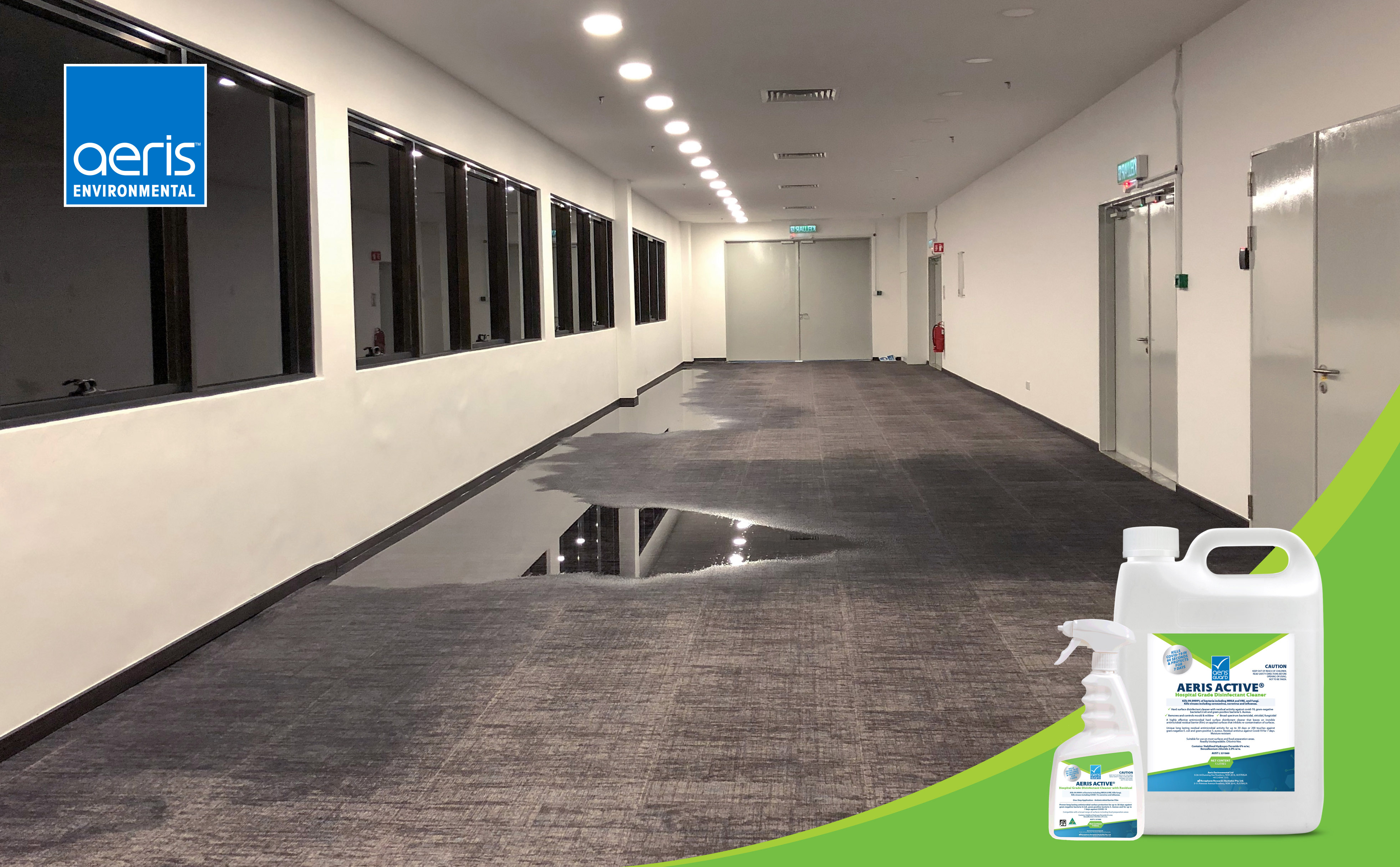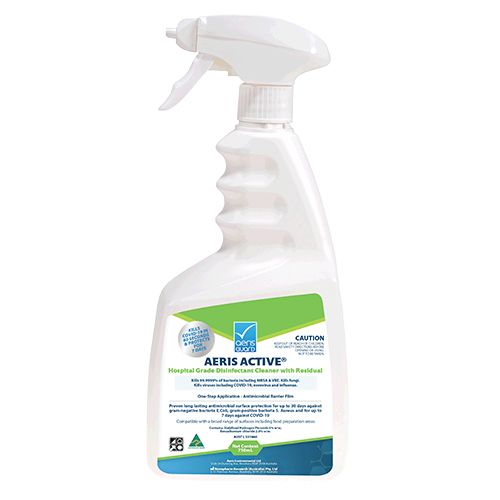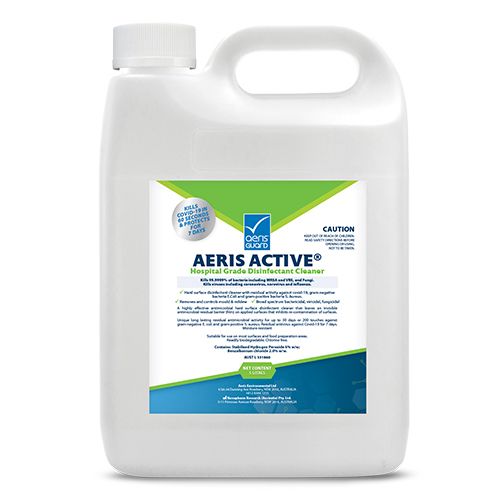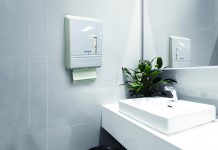Our thoughts are with those affected by recent events in Queensland and New South Wales. With more enquiries on flood remediation following these events, here are some tips and a spotlight on how a product from Aeris Environmental is applied when remediating.
Floodwaters can contain waste, poisons, human and livestock waste and other contaminants that may be harmful to health. Once floodwaters recede these contaminants can remain, leading to the potential for mould growth.
Mould spores grow on damp surfaces and can thrive in moist and humid conditions. In the right conditions, mould can develop within 24 hours and continue to appear and grow for several weeks unless surfaces are quickly and effectively dried, then cleaned and treated.
Air Quality Applied Scientist at Aeris Environmental, Shani Troubady specialises in mould and Heating, Ventilation and Air Conditioning (HVAC) remediation projects for commercial and residential properties, medical facilities, and construction sites nationally. She says that immediate, safe action should be taken to prevent post-flood mould.
“Most fungi can start growing on surfaces with wood moisture content of 16% and above. Often, dry tolerant moulds are the first to grow in the early stages of water damage. These xerophilic (dry tolerant) moulds include species of Aspergillus and Penicillium, which may be mycotoxic to occupants.”
“All mould can be treated. However, it is the mould that we can’t see which could present significant health risks as a result of long-term exposure. Microbial air samples and/or surfaces samples can be used to measure indoor environmental conditions and detect the presence of mould and bacteria which may be hidden, such as within wall and ceiling cavities. Once detected, it is critical that any elevated mould concentrations be effectively reduced using professional remediation techniques and wearing personal protective equipment such as gloves, masks and clothing protection to remove discolouration and all surfaces treated to ensure no ongoing bacterial and fungal regrowth.”
Aeris Active is a 3-in-1 virus, bacteria and mould treatment that provides 30-day antibacterial protection. A powerful single step product, it is ideal for the initial “make-safe” clean and disinfect, and is very efficient to clean and disinfect vertical surfaces. The solution removes surface discolouration caused by mould and mildew and leaves behind an invisible protective film for extended protection against recolonisation. Aeris Active is effective in mitigating Category 2 and Category 3 water damage. Water restoration technicians are expected to clean all restorable hard surfaces with an antimicrobial product in all Category 3 situations.
PRODUCT TIPS:
Aeris Active is simple and easy to use by occupants themselves when water damage is not extensive, with the use of simple personal protective equipment.
Use Aeris Active as the “make-safe” first step, especially under highly contaminated conditions as it is hospital grade, uses 6% hydrogen peroxide and lasts for 30 days against bacteria and 7 days against covid-19 virus.
Aeris Active is especially good on vertical surfaces as it is a single step cleaner and disinfectant that lasts for seven days, reducing labour over a wide surface area.
Apply Aeris Active underneath salvageable carpets to eliminate mould growth over time, through its long lasting effect.
When using Aeris Active, a Quat’ Test Strip can be used to show compliance for days between remedial cleaning and inspection.
Always read the label. Use only as directed.












